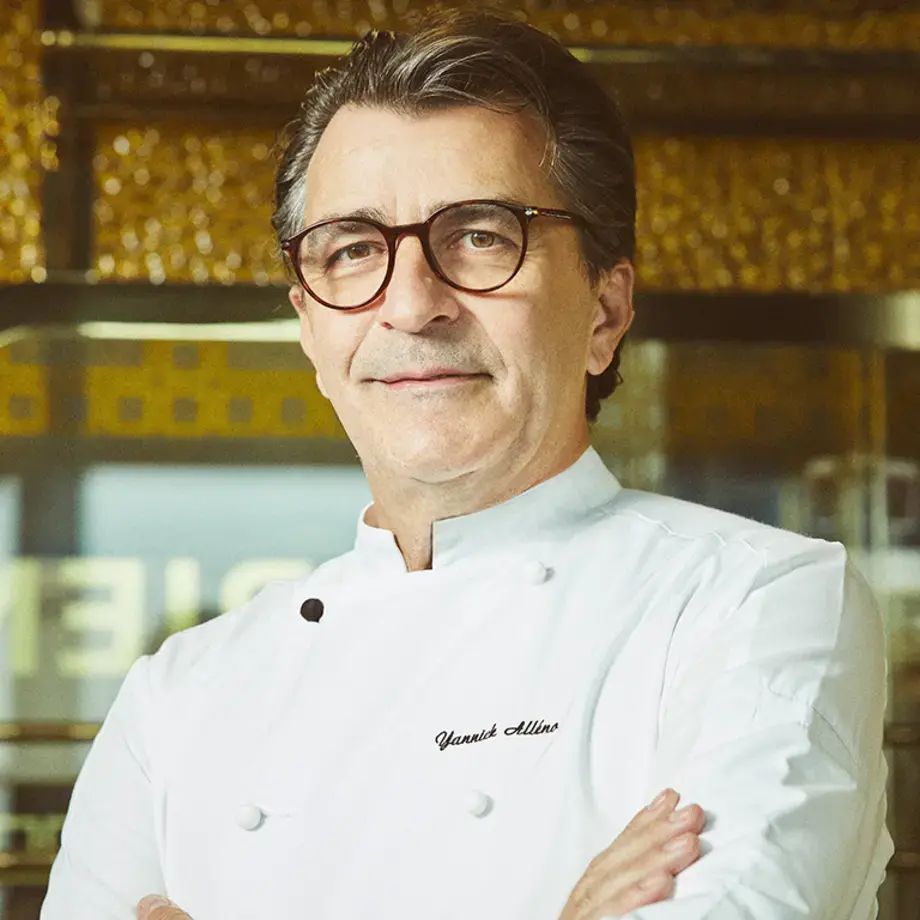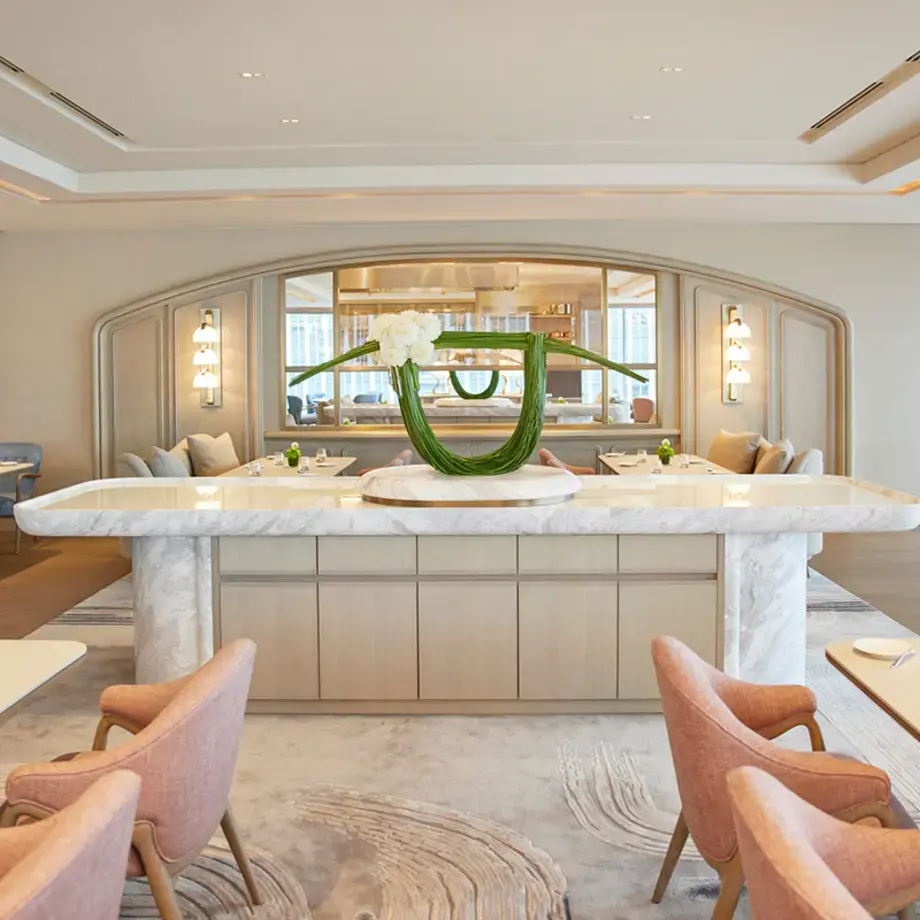At the time of his passing, his status as one of the most important chefs of his generation was secured with the 'Chef of The Century' title from Gault et Millau, and he was the proud recipient of the Meilleur Ouvrier de France (France’s Best Craftsman award): marked by a blue, white and red collar which he wore proudly at all times. He had received a host of accolades from some of the world’s most prestigious awards, and held three stars in three separate locations: Macau, Tokyo and Hong Kong. Robuchon was an impacter and innovator throughout.
But what does it take to work at that level? To maintain the standards required by Michelin time and time again, at 13 separate locations? Crossing borders, cultures and timezones, while maintaining the type of consistency required for even one star, let alone two or three.
Former Michelin director, Michael Ellis, described the three-star experience as: “Every three-star restaurant has a very unique signature and I think that what we look for in a three-star meal is an emotional experience and you should have that experience engraved in your memory for many years to come.” Robuchon first achieved this solo in 1984 with his Jamin restaurant in Paris, taking three stars in just three years: a feat that is rarely rivalled today. He went on to repeat it again and again, turning his light, refined approach to French cuisine and tradition into true mastery.




















